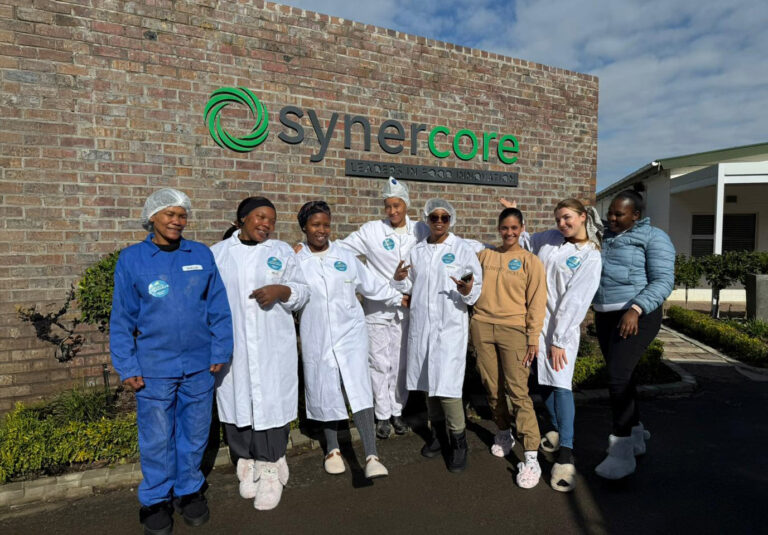HPLC – high-performance liquid chromatography
The development of high-performance liquid chromatography (HPLC) techniques are essential to the food industry. It is invaluable for identifying and quantifying specific target analytes and can be used to ensure product quality, to comply with food standard specifications, as well as labelling requirements within the food industry. HPLC is a popular tool used to separate and detect additives and contaminants within food samples. This method resolves complex mixtures into its individual compounds, which is then identified and quantified by suitable detectors and data handling systems.
Some of the most important components that are analysed in the food industry can be divided into the following subgroups:
- Analyse the nutritional quality of food: HPLC can be used for the analyses of nutrients such as amino acids, proteins, vitamins, carbohydrates, preservatives and more.
- To detect any hazardous compounds in food, such as mycotoxins, herbicides, fungicides, some food additives, residue and contaminants like antibiotics, etc. Antibiotics are used to prevent bacterial growth in animals during breeding for example, so the detection of residue antibiotics in food of animal origin, such as milk, egg and meat will present health risks to the consumer and therefore methods have to be established for food safety and quality control. There are also numerous toxic elements in our environment to which we are exposed to, some of which can be found in the soil our food grow in. There are more than 1000 pesticides used around the world (herbicides, insecticides, nematicides and many more), and often these compounds are used in great quantities to protect or increase the yield of food crops. Many of these chemicals can remain in soil and water for years, and are therefore regarded as environmental pollutants. Residue detection is therefore of utmost importance to ensure the safety and sustainability of our agricultural industry. Other examples where HPLC can be used is for the detection of toxic elements in different types of food sources, like arsenic in rice, mercury in seafood and fish, and cadmium in fruit juices.
- HPLC can also be used for the detection and quantification of bioactive compounds in food. Bioactive compounds are found in small amounts in plants and certain foods and can have actions in the body that may promote good health. Some of these include, but are not limited to, phenolic compounds, isoflavones, ellagitannins, and flavonoids. However it is not only about detecting these good/bad elements, but also by judging the bioavailability of certain elements. For example when supplementing our diet – there is a difference in having the element in there, and having it present in the correct chemical form so that it is actually available for use – and this can also be analysed with HPLC.
Keeping track with the increasing diversity of food products and with its ever expanding food additives, it is a daunting analytical challenge – one that must be continually met if we are to ensure the quality and safety of our food products. HLPC is one of the most powerful techniques because of its fundamental principles which is the selection through differential molecular interaction – a rich source of methodological innovation for analytical separation, identification and also quantification.


